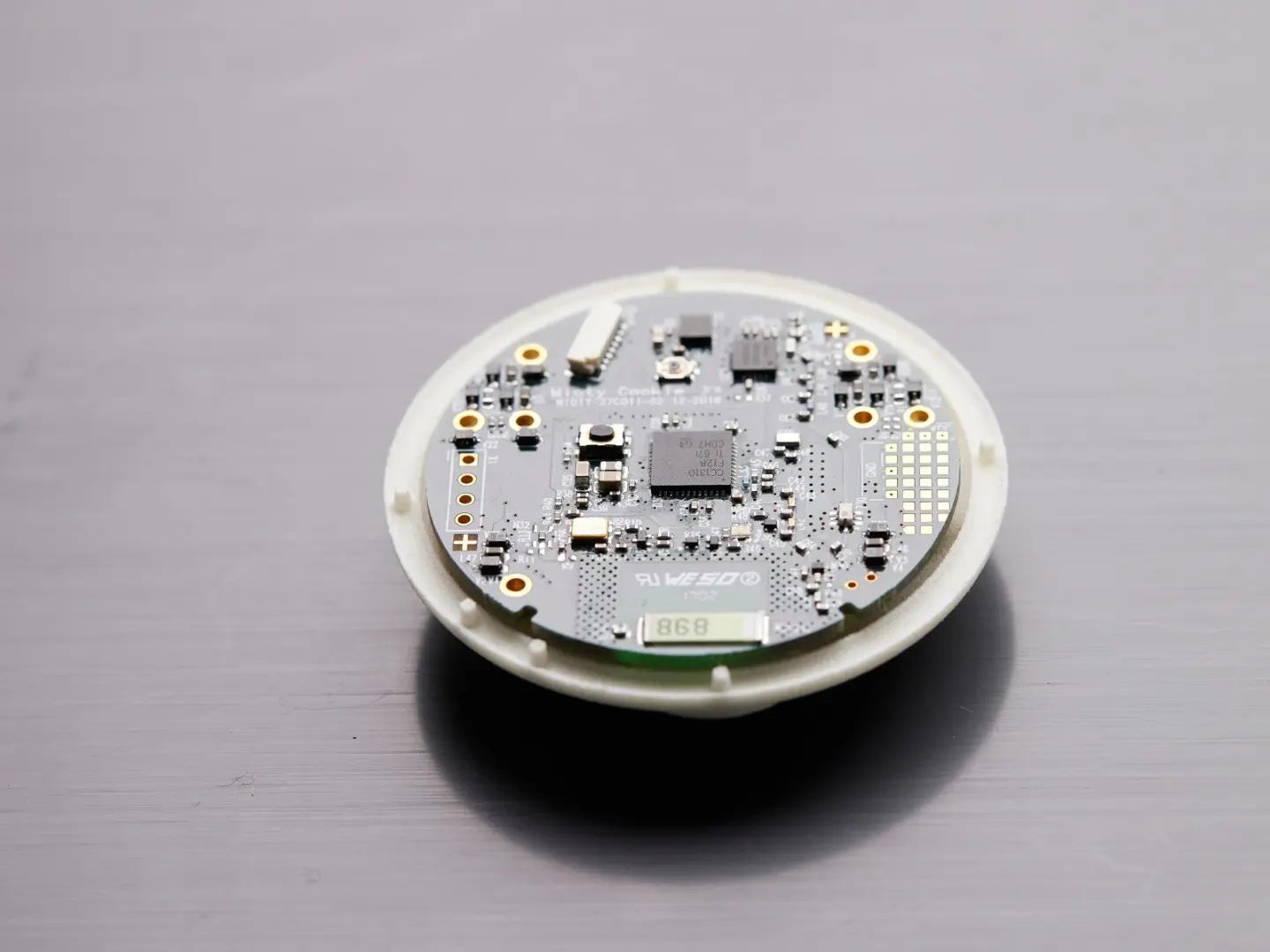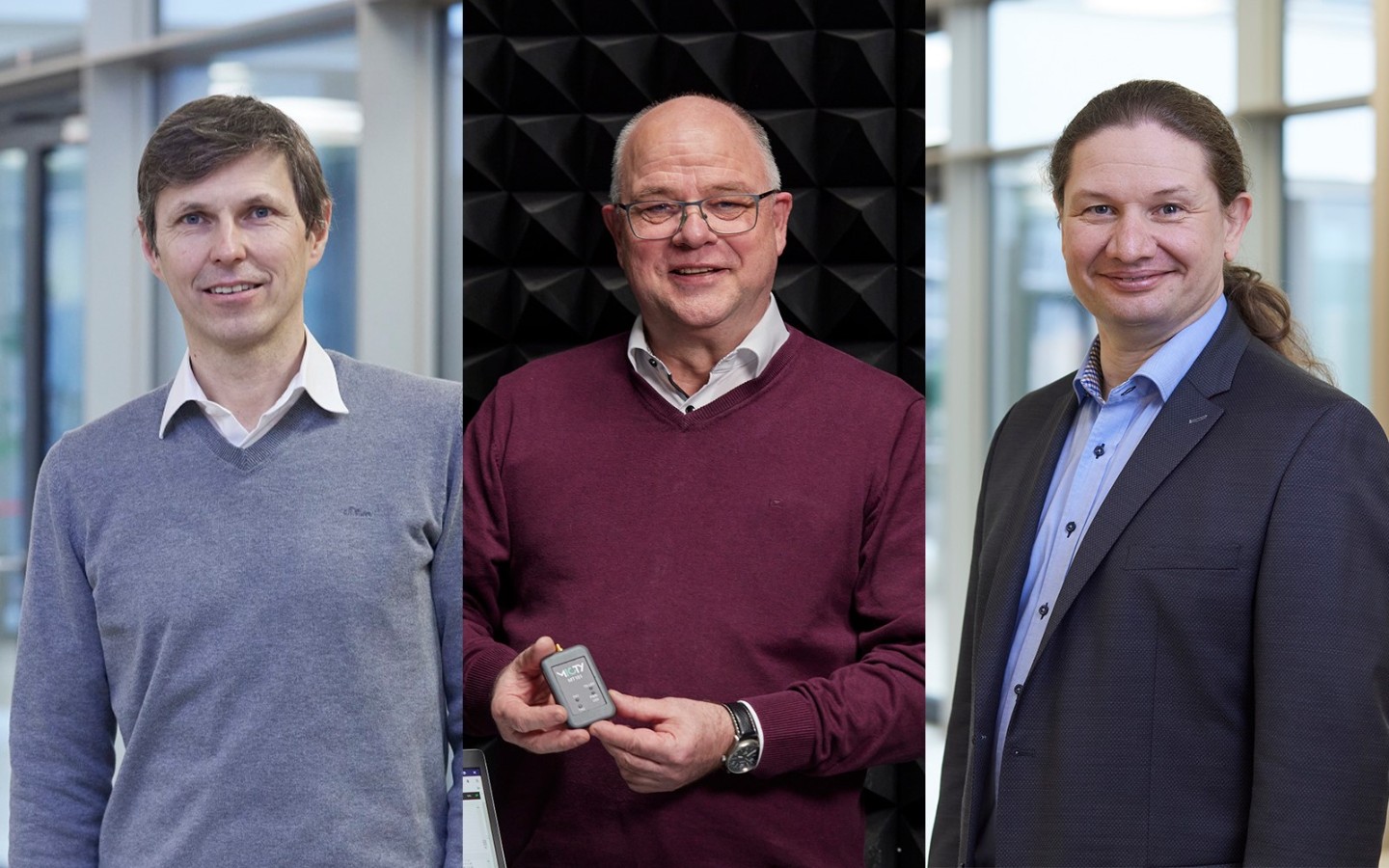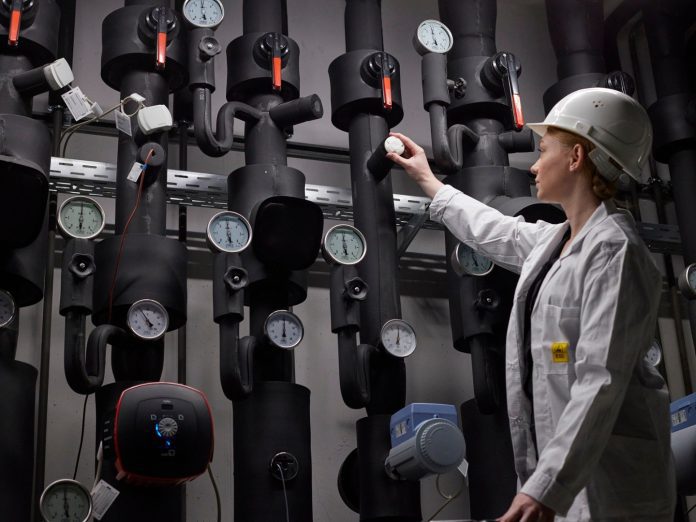The Fraunhofer Society, the largest application-oriented research organisation in Europe, has given its annual prize for outstanding scientific achievement to the novel low-power wide-area (LPWA) technology MIOTY, being lined up as a rival to LoRaWAN, NB-IoT, and Sigfox in the market for battery-powered IoT trackers and monitors.
MIOTY – a portmanteau of MY-IOT, now stylised in marketing in lower-case (mioty) – uses the new TS-UNB specification from the European Telecommunications Standards Institute (ETSI), developed to replace the Wireless Meter Bus (M-Bus) standard that has underpinned smart metering in Europe, as well as in certain markets in Asia and Latin America.
TS-UNB was developed originally and helped through standardisation by the Fraunhofer Institute for Integrated Circuits (IIS). The Fraunhofer Gesellschaft (Society) awards the Joseph von Fraunhofer Prize each year for scientific achievements by its own staff. The prize for MIOTY is, effectively, an in-house trophy and a ‘pat on the back’, but the recognition is important, especially among academical science and industrial research circles in Germany.

The Fraunhofer Gesellschaft employs around 28,000 research staff across 74 different institutes in the country; the IIS, headquartered in Erlangen, is focused on microelectronic and IT system solutions and services. Its TS-UNB standard, and MIOTY technology, is designed to transfer “many thousands of data packages at the same time” without problems with interference.
The line from the IIS has always been that rival technologies, like LoRaWAN and Sigfox, fall down on this score.
A statement said: “[MIOTY] transfers data from between several thousand and a hundred thousand sensor nodes per square kilometre – up to 1.5 million data packages a day – to one single collection point without transmission loss, even in coexistence with other wireless systems or in areas with no phone coverage, and all at a bandwidth of just 200 kilohertz. End devices are so energy-efficient that batteries last up to 20 years. Mobile operation of the sensor nodes in vehicles is also possible, even when driving at speeds of more than 120 kilometres per hour.”
The award went to Michael Schlicht, Josef Bernhard, and Gerd Kilian, as the lead researchers on the project (pictured below). Kilian commented: “The key feature is that rather than sending the sensor data all at once, we break it down into lots of small chunks. This division of the signal has a positive impact on the energy that the sensor node consumes, while also making transmission more robust.
“Even if some data snippets are damaged on their way to the collection point, the message can still be found and completely restored thanks to the error correction. MIOTY can be used in a diverse range of areas – from capturing environmental data in agriculture, checking pipelines for corrosion and leaks and controlling air-conditioning systems through to remote maintenance and monitoring of refineries.”

Bernhard said: “With MIOTY, we are offering the first standardized, low-power wide-area communication solution to be based on our telegram splitting technology.” The MIOTY technology has been licensed by Toronto-based industrial IoT connectivity provider BehrTech, which has built a MYTHINGS family of hardware and software solutions around it.
The Fraunhofer IIS formed a new MIOTY Alliance almost two years ago to promote the technology. Members include BehrTech, as well as chip makers STMicro and Texas Instruments, German tech firm Diehl, German industrial automation company ifm, Austrian oil-and-gas technology provider Ragsol, German embedded connectivity provider STACKFORCE, and UK-based industrial sensor maker WIKA.

